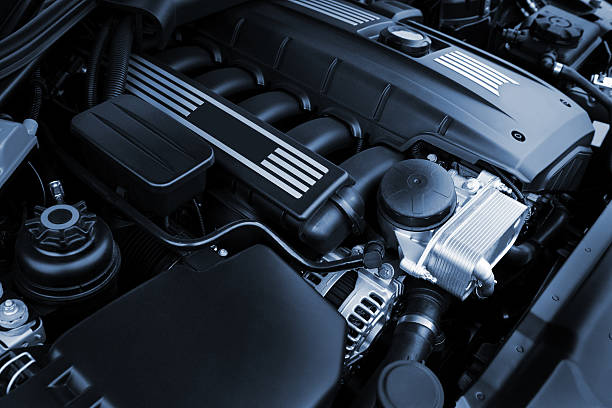Camshaft Phasing: The Hidden Heartbeat of Engine Performance
Imagine a world where your car's engine adapts to your driving style in real-time, seamlessly shifting between fuel efficiency and raw power. This isn't science fiction; it's the reality of camshaft phasing technology. As we delve into this often-overlooked component, we'll uncover how it's revolutionizing engine performance and efficiency across the automotive landscape.

Enter camshaft phasing, a technology that allows for dynamic adjustment of valve timing during engine operation. This innovation has transformed the camshaft from a mere mechanical timekeeper to an adaptive system that responds to the engine’s changing needs.
The Mechanics of Phasing
Camshaft phasing systems employ hydraulic or electric actuators to rotate the camshaft relative to its drive sprocket. This rotation alters the timing of valve events relative to piston position, effectively changing the engine’s breathing characteristics on the fly.
Advanced systems can adjust both intake and exhaust camshafts independently, offering an unprecedented level of control over the combustion process. By optimizing valve overlap, engineers can now fine-tune engine performance across the entire RPM range.
Efficiency Gains: The Green Side of Performance
One of the most significant benefits of camshaft phasing is its impact on fuel efficiency. By optimizing valve timing for different engine speeds and loads, these systems can reduce pumping losses and improve thermal efficiency.
At low speeds, reducing valve overlap can enhance cylinder filling and improve low-end torque. Conversely, at high speeds, increasing overlap can boost top-end power. This adaptability allows engines to deliver impressive performance without sacrificing fuel economy, a critical factor in meeting increasingly stringent emissions regulations.
Performance Enhancement: From Street to Track
For performance enthusiasts, camshaft phasing technology offers a tantalizing prospect: engines that can deliver both low-end grunt and high-end power. By dynamically adjusting valve timing, these systems can broaden the powerband, providing more usable torque across a wider range of engine speeds.
In motorsports, where every fraction of a second counts, camshaft phasing has become a crucial tool for extracting maximum performance. Formula 1 engines, for example, use highly sophisticated phasing systems to optimize combustion efficiency and power output throughout the race.
The Future of Camshaft Technology
As automotive technology continues to evolve, camshaft phasing systems are becoming increasingly sophisticated. The integration of artificial intelligence and machine learning algorithms promises to take this technology to new heights, allowing engines to learn and adapt to individual driving styles and conditions.
Moreover, the development of electromagnetic valve actuation systems could potentially eliminate the need for traditional camshafts altogether. These systems offer the ultimate in flexibility, allowing for infinitely variable valve timing and lift.
Challenges and Considerations
While the benefits of camshaft phasing are clear, implementing this technology is not without challenges. The additional complexity can increase manufacturing costs and potentially impact long-term reliability. Engineers must carefully balance the performance gains against these factors to ensure the technology remains viable for mass-market vehicles.
Additionally, as engines become more efficient, the incremental gains from further refinements in valve timing become smaller. This has led some manufacturers to explore alternative technologies, such as variable compression ratio engines, to achieve further efficiency improvements.
The Road Ahead
Camshaft phasing technology represents a significant leap forward in internal combustion engine design. By allowing engines to adapt to changing conditions and demands, it has extended the viability of traditional powertrains in an era increasingly focused on electrification.
As we look to the future, the principles behind camshaft phasing – adaptability, efficiency, and performance optimization – will continue to shape powertrain development. Whether in hybrid systems or as a bridge to fully electric vehicles, this technology exemplifies the ongoing innovation in automotive engineering.
For drivers, the benefits of camshaft phasing often go unnoticed – a testament to its seamless integration into modern engines. Yet, with each press of the accelerator, this hidden technology is working tirelessly to deliver the perfect balance of power, efficiency, and driving pleasure.





